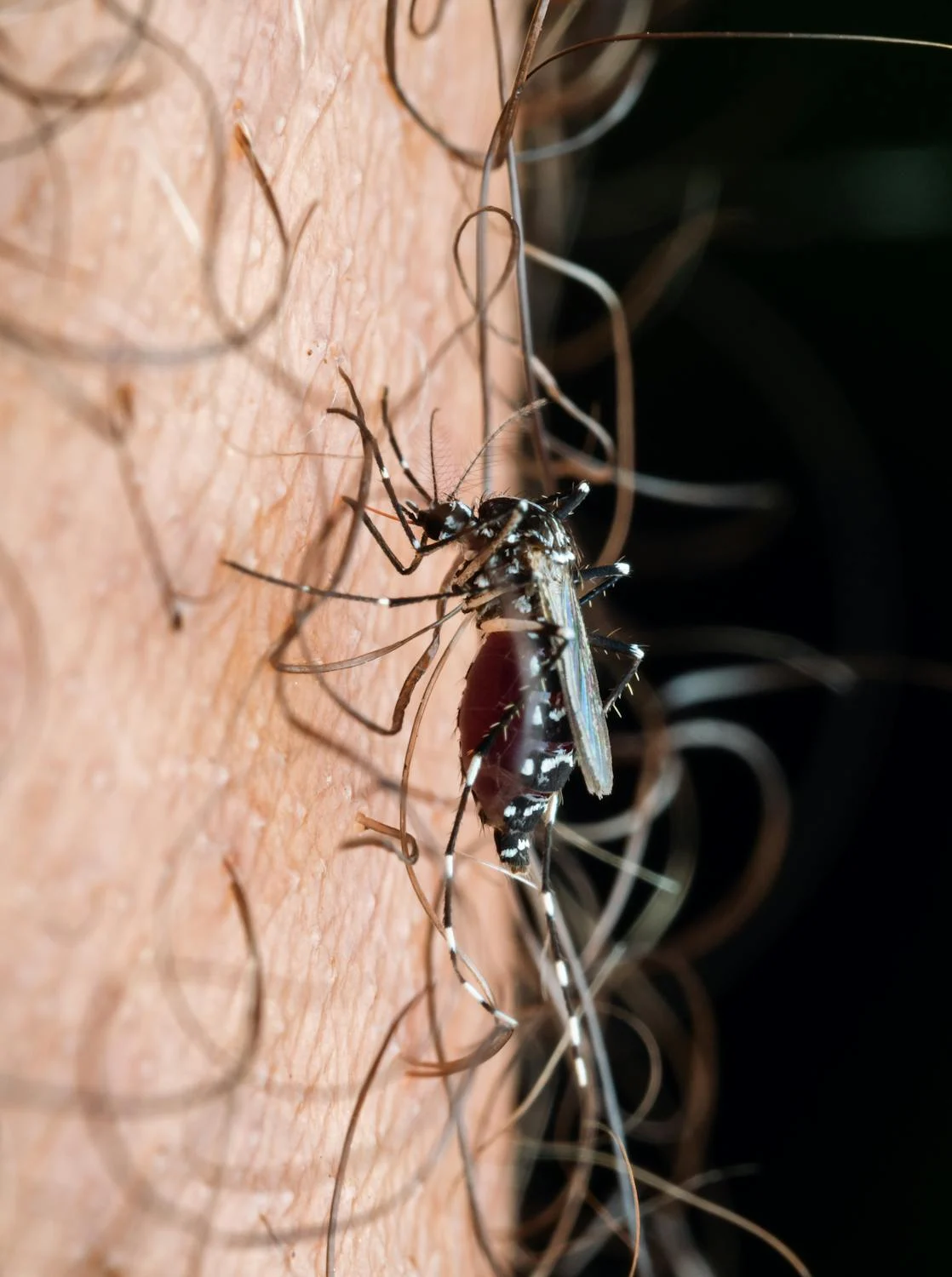While most bites result in nothing more than mild discomfort, some can lead to serious health complications. In rare cases, bug bites can cause conditions that necessitate medical imaging like X-rays to identify deeper issues. This could include infections, bone damage, or even foreign objects left behind by the insect. By understanding the risks associated with certain bites, you can act quickly and seek the appropriate care when needed. Let’s delve into the ten types of bug bites that might require X-ray services and explore how to stay safe.
Spider bites, particularly from species like the brown recluse or black widow, can cause severe symptoms. In some cases, the venom can lead to tissue necrosis or deep infections that spread into the bone. An X-ray may be necessary to check for bone infections, also known as osteomyelitis, which can result from untreated bites.
Ticks are notorious for transmitting Lyme disease, but they can also carry other illnesses that impact the joints and bones. If you experience joint pain after a tick bite, doctors may use X-rays to rule out Lyme-related arthritis or other complications.
Mosquitoes are usually just an itchy nuisance, but they can transmit diseases like West Nile virus or malaria. In severe cases, infections from these diseases can lead to complications such as fluid buildup in the lungs or other internal issues that require imaging.
While most bee or wasp stings resolve on their own, some people develop cellulitis or other infections that spread beyond the skin. In rare cases, retained stingers or deep infections may necessitate an X-ray to identify the issue.
Fire ants and certain other species can deliver venomous bites that cause significant swelling and pain. Occasionally, these bites lead to cellulitis or deeper infections, requiring X-rays to check for complications.
Fleas are tiny but mighty carriers of disease. In rare cases, flea bites can transmit bacteria that lead to infections such as septic arthritis, which may require X-rays for diagnosis.
Horseflies deliver painful bites that sometimes introduce bacteria deep into the skin. This can lead to abscesses or deep-tissue infections that might require X-rays or ultrasounds.
Bed bugs typically cause itchy, red welts, but in rare cases, people develop severe allergic reactions or infections from scratching the bites. If an infection spreads to the bones, X-rays might be needed to assess the extent of the damage.
Scorpions are known for their venomous stings, which can range from mild to life-threatening. In some cases, their venom can cause systemic reactions that require imaging to check for internal damage or retained stingers.
Horse mites are tiny but can cause significant irritation and, in rare cases, secondary infections. Deep infections might require imaging to determine if surrounding tissues or bones are affected.
Bug bites are often harmless, but some carry risks that can lead to severe complications, including the need for X-ray services.
From spider bites that risk bone infections to mosquito bites with internal organ complications, using mosquito control services and other preventive measures is an excellent way to reduce exposure to dangerous bites. Always monitor your symptoms after a bite and seek medical attention if complications arise. Prevention, awareness, and timely care are your best defenses.
*Sponsored Blog Post